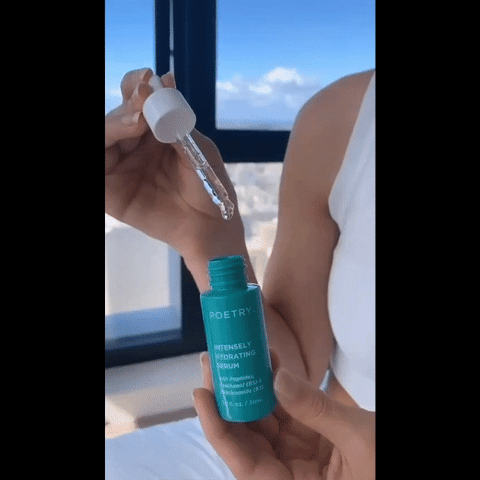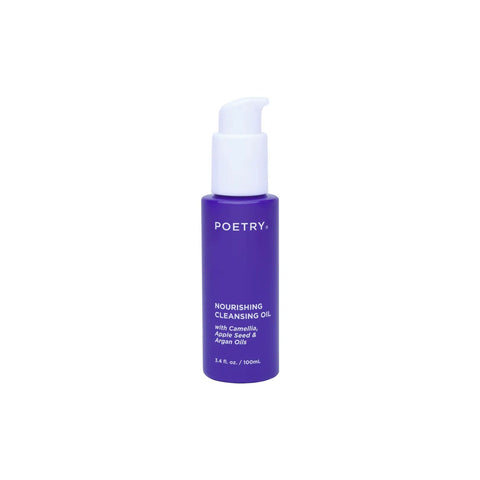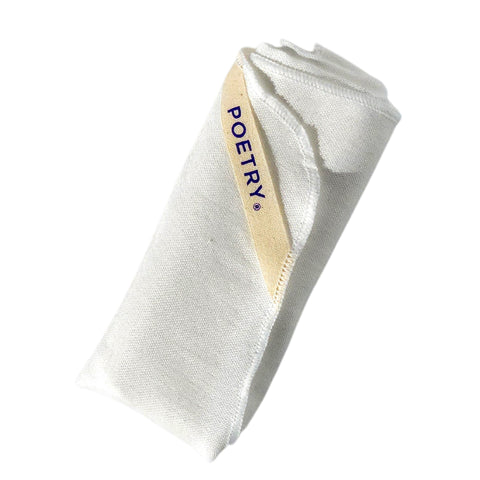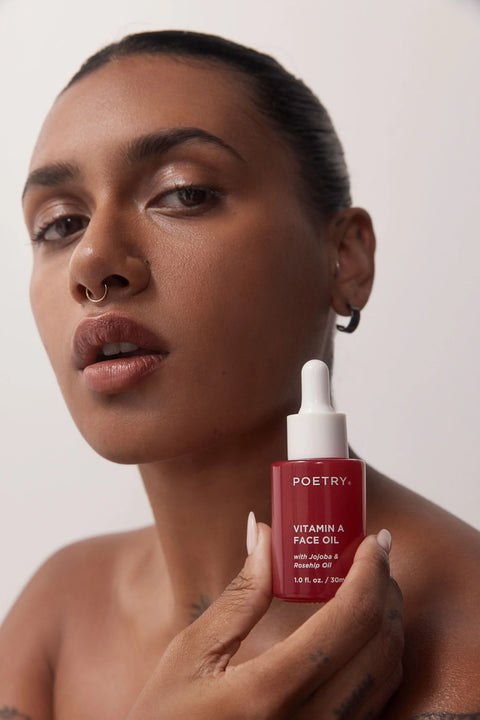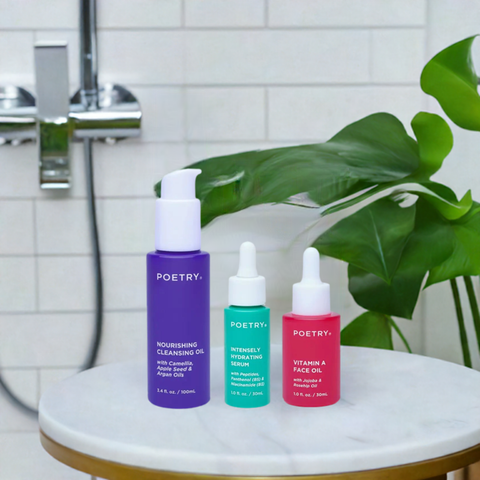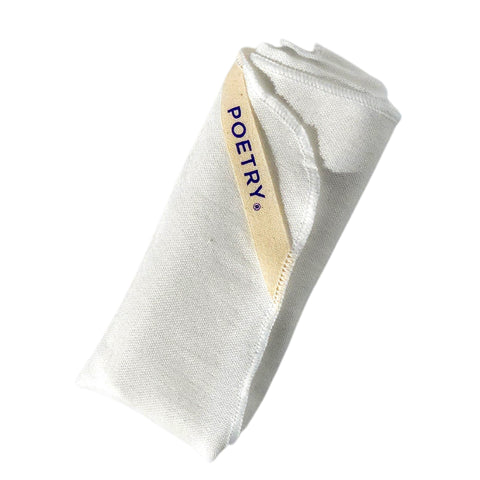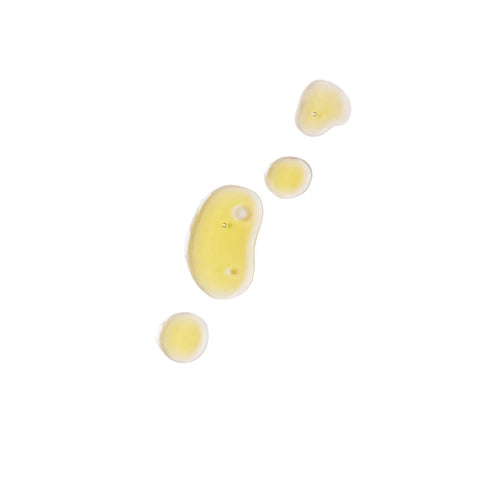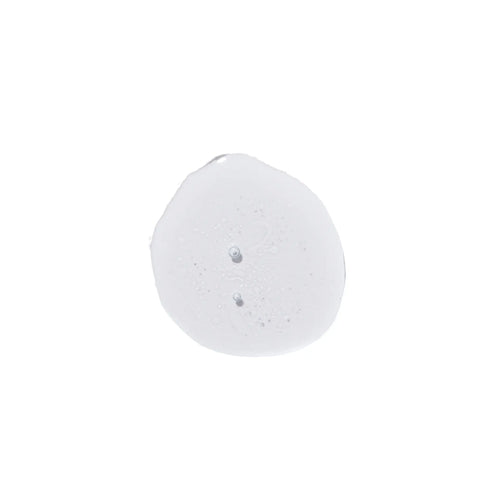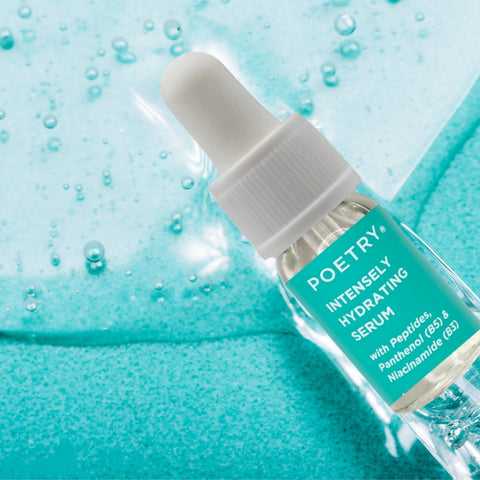Niacinamide (Vitamin B3)
Benefits: Anti-Ageing, pore-minimiser, Soothing
Categories: Antioxidant, Humectant
- Also known as vitamin B3 or nicotinamide.
- Studies demonstrate significant penetration into human skin.
- Increased levels have been used as evidence of penetration through the skin.
- Well known for visibly reducing enlarged pores and improving dull, uneven skin tone.
- Helps mitigate negative effects of environmental stressors.
- Boosts skin’s barrier strength and hydration.
Description
Niacinamide (also known as vitamin B3 or nicotinamide) is a unique skin-restoring ingredient with many skin benefits such as helping visibly reduce enlarged pores, improve uneven, dull skin tone and strengthens the skin's barrier.
Even as low as 0.2%, some studies have shown niacinamide to be an effective active for evening out skin tone and helping problematic skin. Studies have also shown niacinamide minimises the appearance of wrinkle depth.
Niacinamide’s potent antioxidant power helps visibly repair damage from UV light while offsetting other sources of environmental damage. Niacinamide also helps fortify skin’s surface against moisture loss and dehydration by boosting its natural production of skin-strengthening ceramides.
Research overwhelmingly shows complimentary effects of combining niacinamide with other key anti-ageing ingredients.
References:
- Walocko, Frances M., et al. "The role of nicotinamide in acne treatment." Dermatologic Therapy (2017).
- Journal of Cosmetic Dermatology, Volume 13 (4) – Dec 1, 2014, A review of nicotinamide: treatment of skin diseases and potential side effects
- Skin Pharmacol Physiol 2014;27:311-315, Niacinamide - Mechanisms of Action and Its Topical Use in Dermatology
- Journal of cosmetic dermatology, 2004 Apr;3(2):88-93., Nicotinic acid/niacinamide and the skin.
- Shalita, Alan R., et al. "Topical nicotinamide compared with clindamycin gel in the treatment of inelammatory acne vulgaris." International journal of dermatology 34.6 (1995): 434-437.
- Navarrete-Solís, Josefina, et al. "A double-blind, randomized clinical trial of niacinamide 4% versus hydroquinone 4% in the treatment of melasma." Dermatology research and practice 2011 (2011).
- Tanno, O., et al. "Nicotinamide increases biosynthesis of ceramides as well as other stratum corneum lipids to improve the epidermal permeability barrier." British Journal of Dermatology 143.3 (2000): 524-531.
- Oblong JE, Bissett DL, Ritter JL, Kurtz KK, Schnicker MS. Effect of niacinamide on collagen synthesis and markers of keratinocyte differentiation. Presented at: The 60th Annual Meeting of the American Academy of Dermatology. 2002; New Orleans.
- Gehring W. Nicotinic acid/niacinamide and the skin. J Cosmet Dermatol. 2004;3:88–93. [PubMed] [Google Scholar]
- Bissett DL. Topical niacinamide and barrier enhancement. Cutis. 2002;70S:8–12. [PubMed] [Google Scholar]
- Baumann L. Less known botanical cosmeceuticals. Dermatol Ther. 2007;20:330–342. [PubMed] [Google Scholar]
- Wozniacka A, Sysa-Jedrzejowska A, Adamus J, Gebicki J. Topical application of NADH for the treatment of rosacea and contact dermatitis. Clin Exp Dermatol. 2003;28:61–63. [PubMed] [Google Scholar]
- Shindo Y, Witt E, Han D, Epstein W, Packer L. Enzymatic and non-enzymatic antioxidants in epidermis and dermis of human skin. J Invest Dermatol. 1994;102:122–124. [PubMed] [Google Scholar]
- Experimental Dermatology, February 2019, pages 15-22
- Facial Plastic Surgery Clinics of North America, May 2016, pages 145-152
- Journal of Investigative Dermatology, May 2017, page S116
- International Journal of Pharmaceutics, March 2017, pages 158-162
- International Journal of Pharmacy, January 2013, pages 192-201
- Biomolecules & Therapeutics, July 2019, pages 562-569
- Clinical, Cosmetic, and Investigational Dermatology, July 2015, pages 405-412
- Skin Pharmacology and Physiology, June 2014, pages 311-315
- Dermatoendrocrinology, July 2012, pages 308-319
- International Journal of Dermatology, February 2021, pages 166-173
- Dermatologic Therapy, September 2017, ePublication
- Dermatologic Surgery, July 2005, pages 860-865
- International Journal of Cosmetic Science, October 2004, pages 231-238
- Journal of Cosmetic Dermatology, April 2004, pages 88-93
- International Journal of Toxicology, September 2005, pages 1-31










